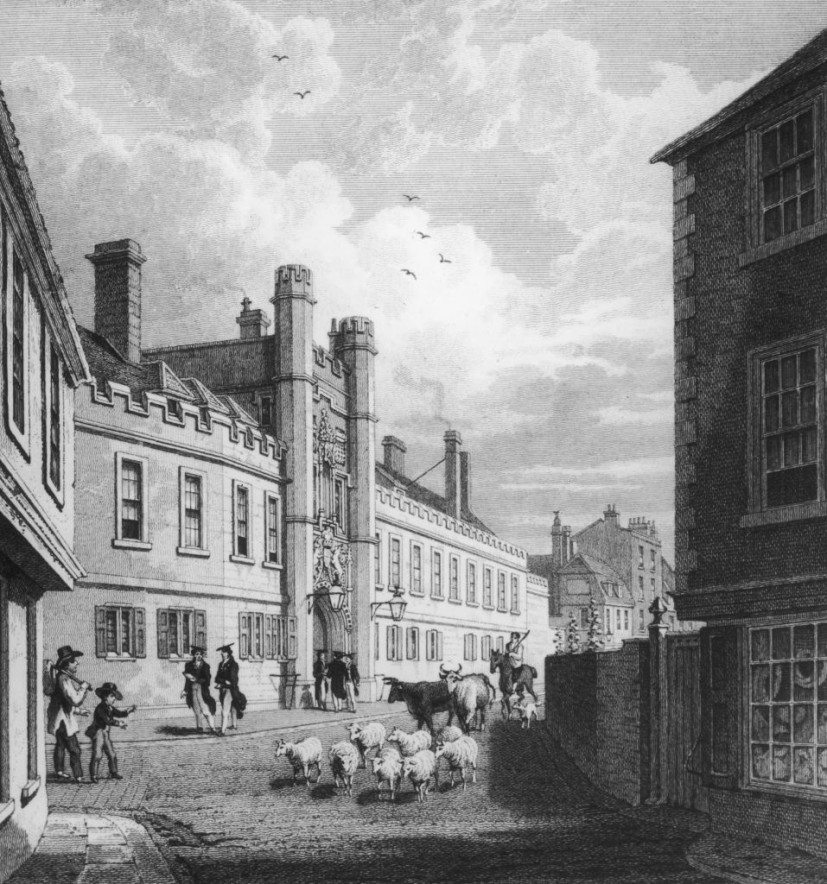Amidst ongoing restorative efforts within the Christ's College in Cambridge, UK, a 16th-century wall painting believed to be made as a tribute to Tudor royalty of the time was discovered after being obstructed from public view for 300 years, according to an official release by the college.

A Sign of the College's Celebration of Royalty
The paintings themself depict a three-crowned motif comprising a portcullis on the left side, a crimson-hued Lancastrian rose in the center of the piece, and what seems like a fleur-de-lis symbol on the right side.
Measuring over 19 feet wide, the artworks were dated to the early 16th century by inspecting the fine plaster layer which had traces of limewash, which is typically used during the period.
Of particular note is the portcullis depicted over the western area of the paintings, a symbol that was specifically used by the Beaufort family whose support had helped produce the first-ever Tudor monarch, King Henry VII, whose reign spanned from 1485 until 1509.
Henry VII's mother, Lady Margaret Beaufort, was the one who re-founded the educational institution back in 1505, around 70 years after it was first created as "God's House."
In the release, an art historian at Cambridge University said: "This is a really exciting and unusual discovery," as it revealed the variations of the institution's "celebration and advertisement" of its royal patron at the time.
Read Also : Rare Early Renaissance Painting by Fra Angelico Has Been Barred From Export by the British Government
The Meaning Behind the Wall Paintings' Symbols
As per Faraday, Henry VII's initial claim to the throne was "weak", which explains his reliance on heraldic iconography to further reinforce his ascension and endorse his ensuing "kingship."
The fleur-de-lis, on the other hand, was implemented due to it being the traditional symbol of English kings, at least since Edward III.
The deep-red Lancastrian rose was likely to have been used following the Tudor house's victory in the War of the Roses that spanned from 1455 to 1487. According to Faraday, the design itself was probably inspired by the York house's white rose motif.
In 1486, the two similar rose designs were made as one following the marriage of Henry VII and Elizabeth of York, with a symbol that is now dubbed the "Tudor Rose."
The college attributed the collective artwork's well-preserved state to it being sheltered with a roof, to an extent that even small details such as the circular carving surrounding the Lancastrian rose were still visually evident.
According to the historian, such a piece surviving this long is "extremely unusual, with her saying, "Wall paintings were a relatively cheap and disposable form of decoration, and so were rarely deliberately preserved."